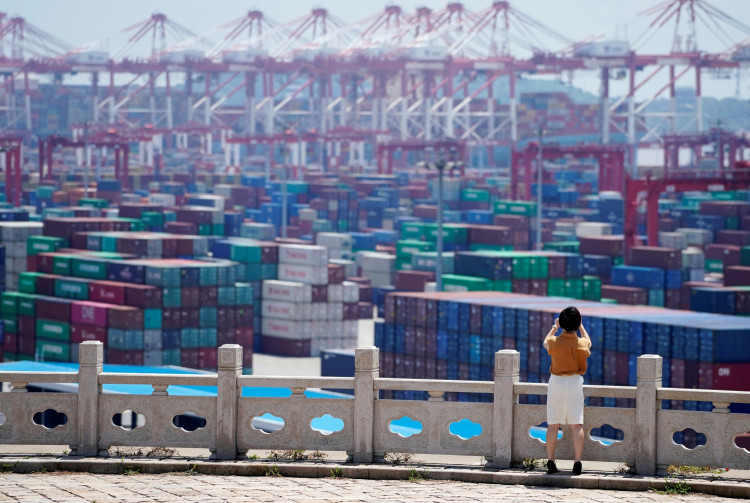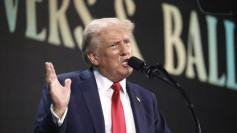There's a very good chance the phase one trade deal signed by the United States and China on January 15 might completely fall apart by 2022. There's also a 50% chance of this deal might not get to its first birthday this December.
The deal continues to provoke skepticism despite more information about it being made available to the public. What's in the deal that's been made known so far hasn't impressed Richard Martin, managing director at IMA Asia based in Singapore. This firm dubs itself the leading peer group forum for Asia CEOs and senior executives.
Speaking to CNBC, Martin said there's a 50% chance phase one deal could survive its first year. The probability of the deal making it to its second year plummets to only 25%, according to Martin.
Martin believes there are two reasons why phase one will eventually collapse. The first reason, and one based on historical precedent, is there have been few success stories of government-mandated trade in the past. Free trade is a process determined by supply and demand and not by government trade deals setting arbitrary and unrealistic supply volumes, he pointed out.
"We don't like governments to go out and say this is the volume of trade and this is the price point we want done at -- that's meant to be said at the markets," he said. "There's a very poor track record on government-mandated trade flows working out and that's what we got right now."
Under faze one, China agreed to buy $32.9 billion in manufactured U.S. goods in 2020 and $44.8 billion in 2021. It also agreed to purchase $12.5 billion worth of U.S. agricultural goods in 2020 and $19.5 billion in 2021.
In exchange for these trade concessions from China, the U.S. agrees to relax some of the tariffs it imposed on Chinese imports. In December 2019, the Trump administration agreed not to impose tariffs on $160 billion worth of Chinese imports as part of the phase one agreement. It also cut tariffs on another $112 billion worth of goods from 15% to 7.5%. Steep 25% tariffs, however, will remain in place on much of what the U.S. buys from China.
Some trade experts and analysts strongly doubt these amounts are realistic given China will have to more than double its purchases of some products. The only way China can do so will to reduce it's contracted purchases from other countries, which might lead to disputes raised to the level of the World Trade Organization.
Martin says the second reason for the looming failure of phase one is there are provisions in the deal allowing the U.S. and China to unilaterally walk away from their agreement. There also doesn't seem to be a conflict resolution mechanism in the deal.
Martin said if there are disputes between China and the U.S., phase one allows the U.S. Trade Representative (currently Robert Lighthizer) to "pretty much determine when China's breaking the rules and inflict any penalty he wants."
For its part, China can walk away from the agreement whenever it wants.
"So that's not a very robust adjudication process. It says that if there's a problem, it could well end in the phase one package being dead," said Martin.






